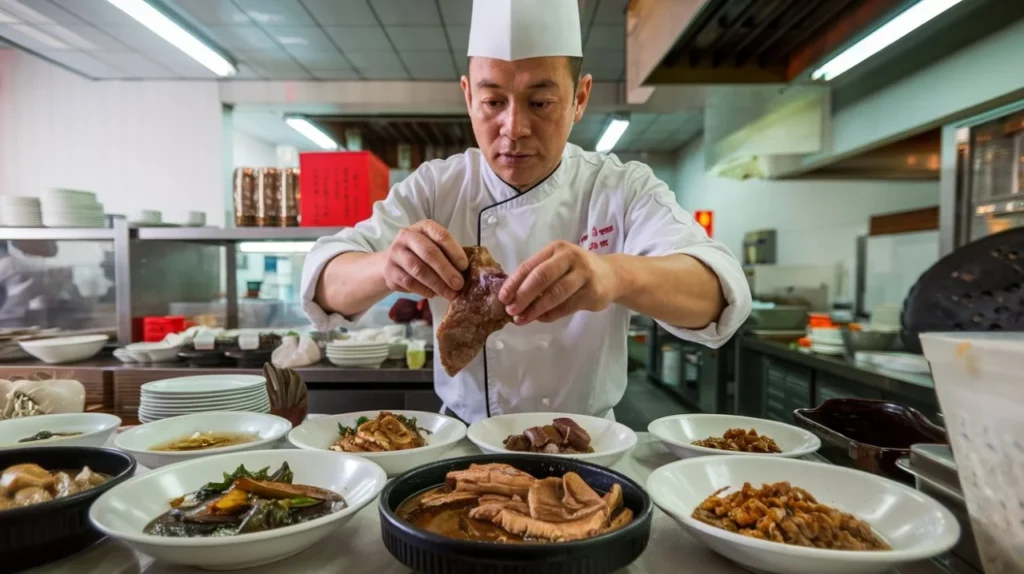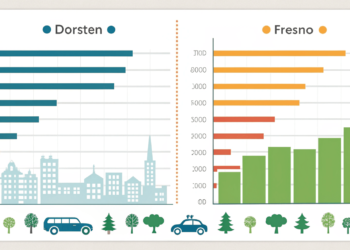As global food waste becomes a rising concern, cities around the world are exploring ways to reduce edible waste while addressing hunger and sustainability. One topic drawing attention is “Chinatown hawker leftovers consumption”—a complex and thought-provoking issue that reflects both cultural practices and environmental challenges.
In this article, we’ll explore the dynamics behind hawker food leftovers in Chinatown districts, their potential use, and the ethical, health, and environmental implications involved.
What Are Hawker Centres and Why Chinatown?
Hawker centres are open-air food courts commonly found in Southeast Asia, especially in countries like Singapore and Malaysia. They serve affordable, freshly made local dishes. Chinatown districts, known for their rich heritage and vibrant street food scenes, are often home to some of the most popular hawker stalls.
With the high foot traffic and variety of dishes sold daily, these areas inevitably produce a large amount of leftover food. The conversation around what happens to that food—and whether it should be consumed—has grown significantly in recent years.
The Rise of Conscious Consumption

Many urban communities are now promoting sustainable consumption. Leftovers from hawker stalls, if properly stored and still safe to eat, could potentially be redistributed instead of discarded. In some cases, non-profit food rescue organizations collect unsold portions to deliver to those in need.
This approach helps:
- Reduce food waste
- Support low-income communities
- Raise awareness about responsible consumption
Health and Safety Considerations
While the idea of consuming hawker leftovers sounds practical, it raises important health concerns. Once food has been sitting out for hours, the risk of bacterial growth increases. That’s why in many countries, food safety regulations restrict the resale or donation of leftovers unless strict storage protocols are followed.
To safely manage leftovers, initiatives must:
- Keep food at safe temperatures
- Follow hygiene standards
- Ensure timely distribution
In cities like Singapore, strict health codes are in place to protect the public, making food redistribution challenging—but not impossible.
Environmental and Ethical Impact
From an environmental standpoint, reducing hawker food waste can:
- Lower carbon emissions associated with food disposal
- Reduce landfill usage
- Conserve water and resources used in food production
Ethically, repurposing edible leftovers aligns with the values of community sharing and resourcefulness, deeply rooted in many Asian cultures.
Public Perception and Social Acceptance
In some communities, the idea of eating hawker leftovers is still socially taboo, often viewed as unsafe or associated with poverty. However, younger, eco-conscious generations are shifting this narrative by supporting food-sharing apps and sustainability-driven platforms.
Initiatives like community fridges, zero-waste movements, and “pay-as-you-feel” cafes are gaining traction in urban Chinatowns and beyond.
The Role of Technology in Reducing Food Waste

Modern platforms like Too Good To Go, OLIO, and local food waste tracking apps can play a role in connecting hawker stalls with people willing to consume leftovers at discounted prices or donate them to shelters.
Such tools offer:
- Real-time notifications of available food
- Incentives for vendors to reduce waste
- Community involvement in sustainability efforts
Community-Led Food Sharing Initiatives in Chinatowns
Across many urban Chinatowns, grassroots efforts are emerging to combat food waste through community fridges, food-sharing clubs, and non-profit collaborations. These programs often involve volunteers collecting unsold but safe-to-eat food from hawker stalls and redistributing it to those in need. Such initiatives not only reduce waste but also strengthen neighborhood bonds and raise awareness around food insecurity.
Changing Mindsets Through Education and Awareness
To make leftover consumption more accepted, education plays a key role. Public campaigns, workshops, and social media movements can shift the narrative from waste to resourcefulness and responsibility. When consumers understand the environmental and social impact of food waste, they’re more likely to support leftover reuse, donate food, or even try discounted meals from surplus platforms.
FAQs:
1 What is meant by Chinatown hawker leftovers consumption?
It refers to using or redistributing unsold food from Chinatown hawker stalls to minimize food waste and support sustainability.
2 Is it safe to consume hawker food leftovers?
Only if proper hygiene, temperature control, and storage protocols are followed to prevent bacterial contamination.
3 Why is reducing food waste at hawker centres important?
It helps lower environmental impact, supports food-insecure communities, and promotes responsible consumption.
4 Are there food rescue efforts for hawker leftovers?
Yes, some non-profits and food-sharing platforms collect surplus food from hawker stalls for redistribution.
5 What challenges exist in reusing hawker leftovers?
Health regulations, food safety concerns, and social stigma can make redistribution difficult without proper systems.
Conclusion:
The topic of Chinatown hawker leftovers consumption reflects a broader conversation about how urban communities can balance food safety, cultural values, and sustainability. While challenges remain—especially around health regulations—there’s growing interest in turning edible waste into opportunity.By embracing innovation, education, and community support, we can create systems that not only honor cultural food traditions but also protect the environment and serve the underprivileged.










